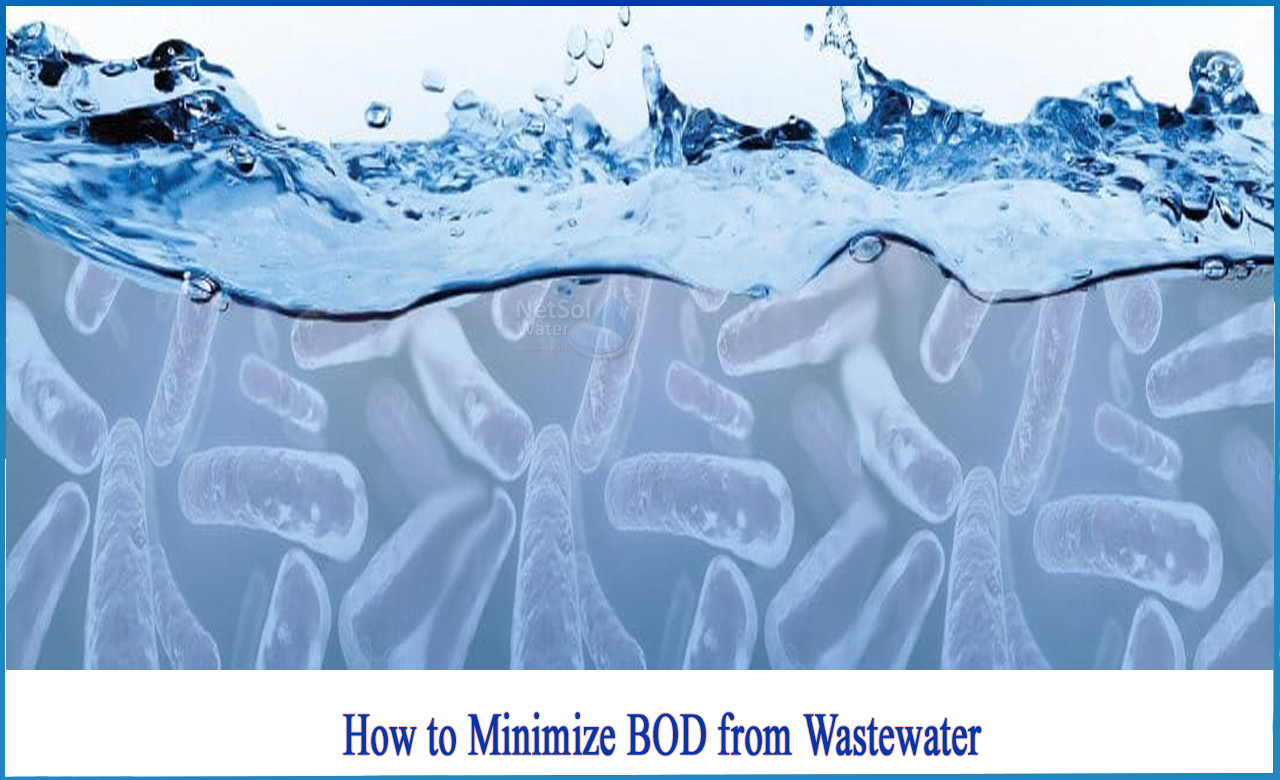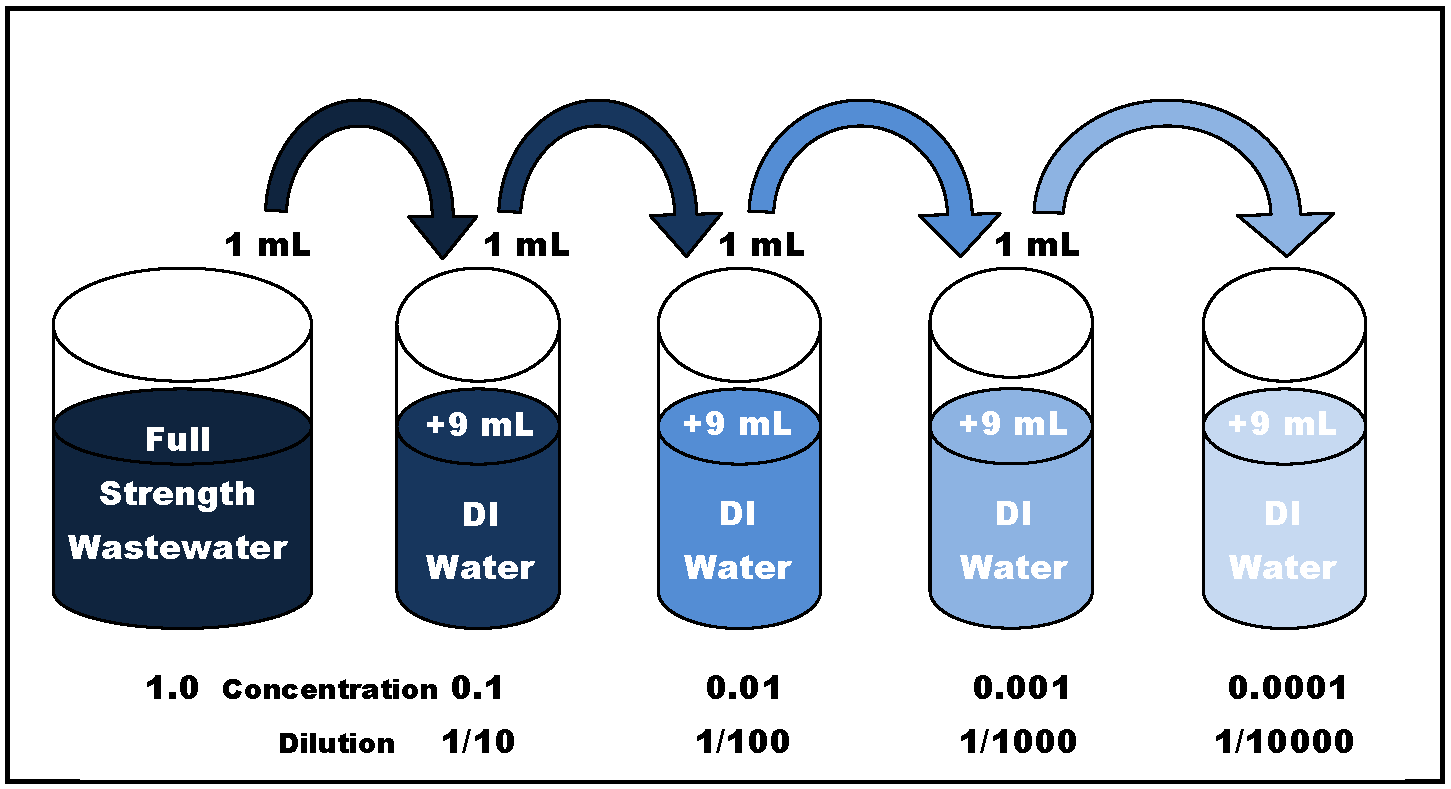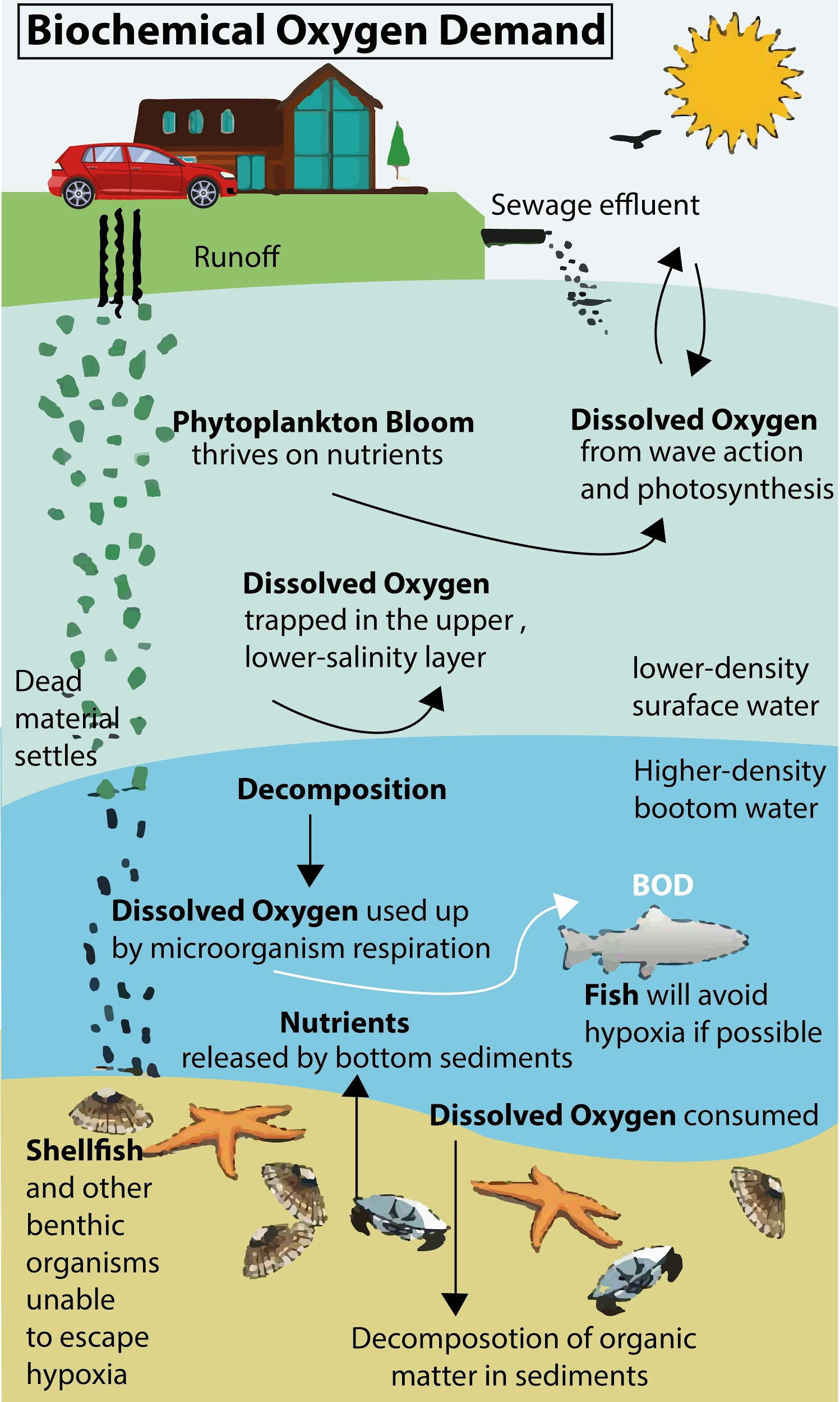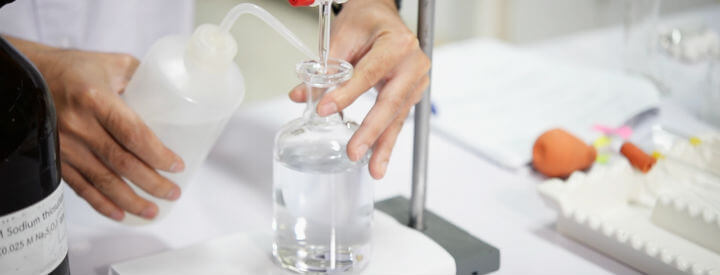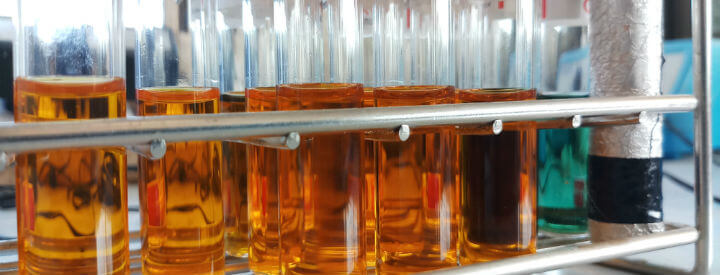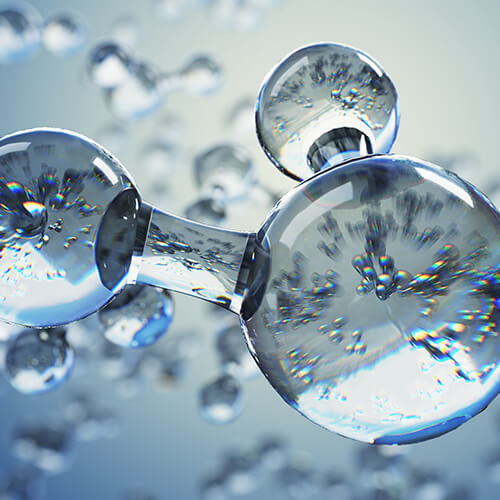First Class Info About How To Reduce Biological Oxygen Demand

Reduce biochemical oxygen demand (biological oxygen demand).
How to reduce biological oxygen demand. Total suspended solids (tss) and biochemical oxygen demand (bod) are two of the most essential parameters in. After sealing perfectly place all the samples in. Bod, biochemical oxygen demand, is the oxygen required by aerobic organisms, as those in sewage, for.
You can reduce cod and bod by adding hydrogen peroxide to the wastewater solution. Biochemical oxygen demand is the amount of dissolved oxygen needed by aerobic biological organisms to break down organic material present in a given water sample at certain. The higher the bod, the.
Biochemical oxygen demand (bod) represents the amount of oxygen consumed by bacteria and other microorganisms while they decompose organic matter under. Closing the bod bottles and seal the mouth of bod bottles by seal starch, this is to avoid movement of air in and out of bottles. Biochemical oxygen demand (bod) is a simple and practical indicator of the total organic content that is available to organisms plus any chemicals that spontaneously react with o2.
The aeration pond of a pulp and paper mill in savannah had a 24 million gallon waste. These microorganisms then utilize a lot of oxygen in order to break down the organic matter present. Several techniques are used for bod removal in wastewater prior to reuse or safe disposal.
This allows a magnified growth of aerobic microorganisms into masses called as flows. When dissolved oxygen levels reduce by a substantial amount, the aquatic life will no longer receive the amount of do they need. The global biological oxygen demand (bod) monitoring instrument market is projected to reach usd million by 2028 from an estimated usd million in 2022, at a impressive.
The hydrogen peroxide will chemically attack the organics in the wastewater, degrading them and. Reducing tss will almost always reduce bod too. Swimmers in ice cold.water are sometimes revived.


